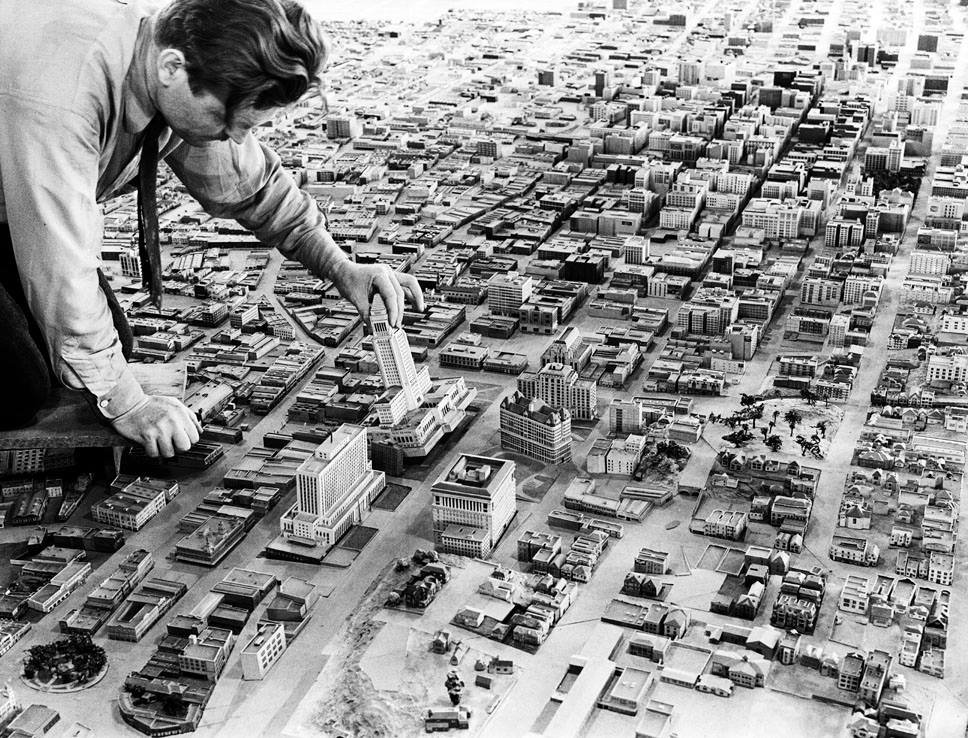
There’s something missing from the discussion about how our cities are changing. Cities don’t change by the single stroke of a pen, they evolve, building by building and while it would be nice to think that each building completes part of an overall vision, they are shaped by forces specific to their time, site, owner and use. What we don’t get to see is how those forces push and pull a building into shape. The discussion, I believe, will remain incomplete until that process becomes visible for all to see.
As an architect, I am involved in the design of buildings every day. I juggle issues of brief, site, budget, and technology to guide buildings from an idea to a realisation. It’s a complex and messy process that rarely follows a straight path, and yet when I see new buildings revealed to the public as part of the city’s evolution, it’s usually only my training that allows me to understand the reasons behind the result. I believe it’s that same training that makes architects best suited to making the discussion about our cities more transparent and clear and at the same time, historically least likely to do so.
It’s clear from the way people react to new buildings and places that there’s an audience out there looking for information. The public are interested in the changes going on in our cities. Auckland, for instance, is an exciting place to be at the moment. The skyline is full of tower cranes and the streets are full of road cones. Things are happening around us and we want to know more.
More importantly, that audience has shown an interest in how buildings come about. People don’t watch home renovation shows to see the big reveal, they’re there for the process. Grand Designs, for instance, dedicates very little time to the outcome. Instead they focus on the challenges that arise and expose the audience to the decision-making process. After you’ve been involved in the twists and turns of the process, there’s no surprise at the end.
Unfortunately, this isn’t how architects have tended to work. You see, there’s a moment when you’re presenting a design for the first time, when you reveal the solution to your client’s brief. You have the opportunity to sum up the work you’ve done in a way that shows your grasp of the problem and the elegant way you’ve solved it. It’s an important moment when you demonstrate your empathy with the client and their choice in you as a designer is justified.
It’s nice, at that moment, to have the element of surprise. It is, after all, part of a designer’s skill to innovate. Presenting something that’s been seen before suggests that you’ve fallen short. We’re taught to surprise our audience at architecture school where, in a strange arrangement, as part of learning how to design, we’re examined by people who haven’t been exposed to the process. They see what we’ve designed, not how, and we learn that capturing the audience’s attention in those moments is vital. It’s an important skill and one that we continue to use in practice.
Of course, there’s also some satisfaction in summing up the messy process of architecture into a single moment of clarity. It’s nice to make it all look easy. It’s nice to demonstrate that you’ve dealt with the problem better than another designer might have. When Steve Jobs stood on stage and released the iPhone, he didn’t talk about the failures along the way.
There’s a tendency to simplify things into a single message and by doing so we do both ourselves and the public a disservice. Where we see a carefully resolved solution, the public see an imposition.
The problem, I think, is that when our designs reach the public they tend to be presented in the same way. Our designs are released with pride and some confidence that they, as a result of a long and complicated process, meet a series of parameters that make the project a success. However, there’s a tendency to simplify things into a single message and by doing so we do both ourselves and the public a disservice. Where we see a carefully resolved solution, the public see an imposition. We’re not talking about iPhones, the public don’t get to choose whether they use our buildings or not. They deserve to know the path that’s been taken.
The great thing is that architects have never been in a better position to communicate with the public. The accessibility of media available to us and the efficiency with which we can communicate means that the landscape has changed. We must begin to communicate the design process, and the media and public must begin to demand it from us.
This type of communication is already part of daily practice. Our clients have become more knowledgeable. They already demand robust processes from us and, in return, we engage with them in a way that demonstrates our processes clearly. If these techniques were dragged into the public realm there would be a greater chance of having a more complete debate. This isn’t a case of asking architects to reinvent what they do but rather harness things that are already done.
And so it is that I look forward to the day when a building of some public significance is unveiled not only with a series of glossy pictures but also some demonstration or explanation of the process that’s been undertaken. Possibly even with an architect, empowered by their client, to talk about the design and the journey that’s been taken; confident in the outcome but supported by proof of the messy, complicated process behind them.





